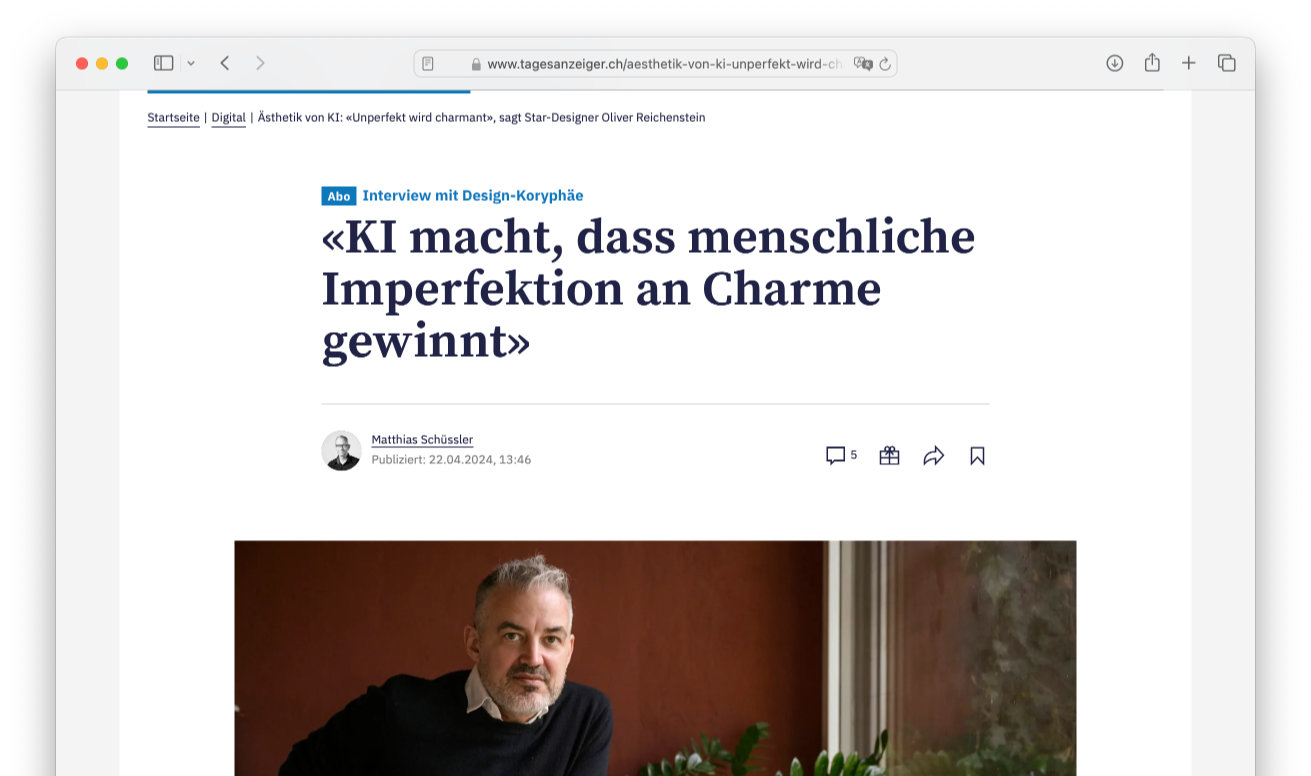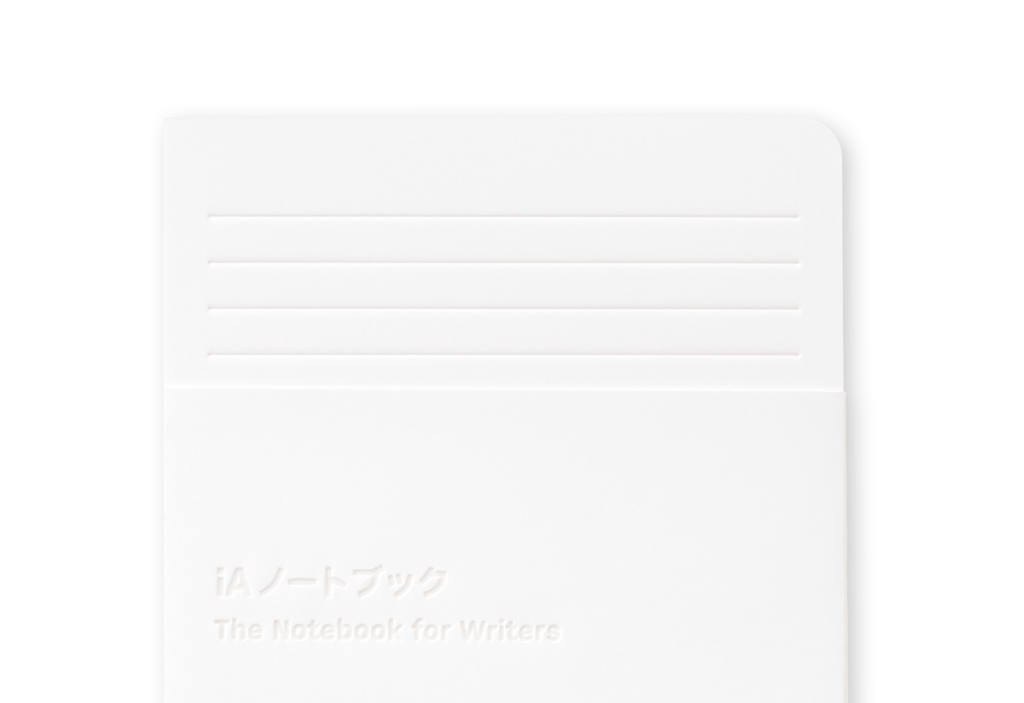Everybody likes logos. Everybody wants their own logo. Everybody wants to make their own logo. Everybody has a computer and some fonts. Anybody can make a logo. What makes designers think they are so special?
Anybody can make a logo. No doubt. It’s not complicated. Just try a couple of fonts and colors, choose the one you like, then change the font a little so it becomes special. Make it look nice. Blog about it, showing those magic construction lines1. You can do it. All it needs is a little time, a computer, someone that knows how to use Illustrator, and taste, maybe. Everybody has taste, right? So let’s do it! So thought Yahoo’s CEO Marissa Mayer, and she went and did it. How did it turn out?
The Weekend
For the last month Yahoo has showcased its logo in a different font each day. The motivation was unclear. Did they want feedback in the decision process, or was Yahoo just trying to get attention from the design community? The new logo Yahoo unveiled at the end of this was not better or worse than the previous variations, and it appears it had already been chosen before this began. After unveiling that empty secret, Marissa Mayer wrote a blog post2 about the process:
We hadn’t updated our logo in 18 years. Our brand, as represented by the logo, has been valued at as much as ~$10 billion dollars. So, while it was time for a change, it’s not something we could do lightly.
Whether Yahoo needs a change in brand identity is hardly something we can decide from outside, not knowing exactly what the overall brand strategy is. It seems legit, because currently the Yahoo brand feels dead. Yahoo is still a massive online property, but it is as boring as it is big. Changing brand identity when you change strategy makes sense. So, even though it’s misleading to claim that the Yahoo logo hasn’t changed in 18 years3, the time for a change is up to the CEO.
On a personal level, I love brands, logos, color, design, and, most of all, Adobe Illustrator. I think it’s one of the most incredible software packages ever made. I’m not a pro, but I know enough to be dangerous 🙂
There is nothing wrong with loving brands or branding as such (I do), logos in general (some do), colors (who doesn’t?) or a particular software program (okay, that’s a little weird). And it’s okay if you are not a pro at everything. But if, as the CEO, you work on a $10 Billion Dollar core brand identity, and you hack it out in a weekend, you are not being professional.
So, one weekend this summer, I rolled up my sleeves and dove into the trenches with our logo design team: Bob Stohrer, Marc DeBartolomeis, Russ Khaydarov, and our intern Max Ma. We spent the majority of Saturday and Sunday designing the logo from start to finish, and we had a ton of fun weighing every minute detail.
Let us assume that at Yahoo the logo design team (including the intern) is comprised of the best designers in the field. It is conceivable that, with some luck, this dream team can design a logo “from start to finish” over a weekend. It sure is fun “weighing every minute detail” with a team of outstanding professionals. And what is more efficient than working directly with the CEO on the brand identity? A dream setup. Also, it’s cheap. A weekend for a logo, instead of paying a branding agency millions and waiting months for something that can be done in a couple of days? That’s smart business! Is it?
The Headache
Let’s assume that it is possible to pull all this off with a team of incredibly lucky geniuses. What do these geniuses really need to achieve in a few days that less talented professionals need months for? What is it that makes logo design so special, so expensive? The process. The consistency. The precision. That the logo works. That it has impact. That it represents well. Blablabla, I hear you say, it’s just a typeface and color. Anyone can do it, and a smart, talented designer can do it quickly.
A smart, talented designer like Paula Scher can sketch the logo of a big bank on a napkin during lunch4. But what follows after that sketch is months of putting thought into context. Logo design is not just coming up with a shape and calling it a day. You need to have a clear idea, to give it form, and to make it work with everything else. In other words, it’s hard. The logo is only one part of a 1,000 piece puzzle game, where the picture is constantly changing while you put it together. Pshaw! I hear you say. Just pick a font you like and fiddle with it until it feels right!
Redesigning a logo for a $10 Billion Dollar company that is in deep trouble is not a matter of talented designers and personal preferences for design. It is not about fiddling. Doing it in a weekend is simply unprofessional.
Let us give Mayer the benefit of the doubt. While the logo indeed looks like it was done in a day or two over beers and laughs, maybe that whole weekend thing was actually months of hard work, and she’s just saying it to impress us5. Let’s hope the “done in a weekend” bragging is just bullshit, and get back to the subject:
The Brand
Branding doesn’t start with the logo. It is not primarily a visual discipline. Your brand is what you stand for. Branding is more about content than shape. It is who you are, not how you look. The shape should represent your inside, your content. Your brand architecture is your information architecture.
The hard part of rebranding a giant like Yahoo is not how the logo looks. It doesn’t matter so much if some dislike it. A logo is not decorative, it works more like an icon. It needs to be clear. Brands create orientation. The most beautiful toilet sign is useless if men constantly walk into the ladies’ room.
The hard part is defining what your brand is and what it aims to become. Your brand strategy follows your brand ambition, and your visual identity mirrors your overall brand ambition. Identity is not just how you look, it is what you say, what you do, what you are. What is Yahoo? What is at Yahoo’s core? What does the company stand for? We don’t really know, but Mayer helps us out:
We knew we wanted a logo that reflected Yahoo—whimsical, yet sophisticated. Modern and fresh, with a nod to our history. Having a human touch, personal. Proud.
Is Yahoo “whimsical, yet sophisticated. Modern and fresh human, personal proud”? Currently, Yahoo is not associated with being whimsical or sophisticated, rather it is mostly boring and dull. It doesn’t portray modernity or freshness, it feels obsolete and dated. There is no humanity in the brand identity, it’s computed, impersonal, scattered. What Mayer means by “proud” is also quite unclear, unless she means the blind pride that comes from ownership of high traffic domains, which is, again, anything but whimsical.
The Bullshit
Maybe the Yahoo she sees in the logo is the Yahoo she wants to build. A bizarro Yahoo, the opposite of what it is, a Yahoo that we have yet to see. It is not impossible, but highly improbable. Maybe, again, it’s all just bullshit. She is not describing Yahoo, she is just describing what the logo should convey. It is more likely she’s reverse-engineering and rationalizing the logo than describing the design brief. These random formal restrictions use the same language:
We didn’t want to have any straight lines in the logo. Straight lines don’t exist in the human form and are extremely rare in nature, so the human touch in the logo is that all the lines and forms all have at least a slight curve.
Artifacts are by definition not natural and they don’t need to look natural. But let’s not get sidetracked here. It’s bullshit.
We preferred letters that had thicker and thinner strokes—conveying the subjective and editorial nature of some of what we do.
Like a humanist sans serif? And is “subjective and editorial” what a humanist sans conveys? What does “subjective and editorial” actually mean? There is a contradiction there, no? Ah no, wait, it’s bullshit.
Serifs were a big part of our old logo. It felt wrong to give them up altogether so we went for a sans serif font with “scallops” on the ends of the letters.
Bullshit.
Our existing logo felt like the iconic Yahoo yodel. We wanted to preserve that and do something playful with the OO’s.
So she does not only want to be a designer, she also wants to be a sales person from a cheesy design agency.
We wanted there to be a mathematical consistency to the logo, really pulling it together into one coherent mark.
Mathematical consistency. Like in the kerning of the letters A H O O? Perfect geometry does not result in perfect design. On the contrary, “real visual rhythm is hurt by precision. This fact is where we get the saying in design: if it looks right, it is right.” 6
Our last move was to tilt the exclamation point by 9 degrees, just to add a bit of whimsy.
But wait, it gets better:
Prior to the weekend, we had also polled our employees on the changes they wanted to see. Interestingly, 87% of our employees wanted some type of change in the logo (either iterative or radical). In terms of specific attributes, our employees had wanted:While we hadn’t set out to explicitly fill each request, we met a lot of what the people who know us best felt suited us best.
- Sans serif
- Variable size letters
- A variable baseline
- A tilted exclamation point
- And the majority of their favorite logos were uppercase.
Design by polling. Great idea! Next she should try the same with Yahoo’s server architecture. Ask everyone about the best server configuration and then put together a brief for the system administrators. Why not? We all use the web, and know how to load and save and stuff. Everybody is a designer, so if we ask n people, the quality of the logo increases by factor n. Right?
Color and texture were pretty easy. Our purple is Pantone Violet C—a pantone that needs no number and no introduction ;). For the texture, we came up with the nice idea of creating a chiseled triangular depth to the logo—this causes the letter Y to appear in the shading at the ends of each of the letters.
Piece of cake. Why lose your mind over color? We love all of the colors. Let’s just pick one with a nice code.
Over the subsequent weeks, we’ve worked on various applications and treatments of the logo (the favicon, app launchers, sub-brand lockups). It’s held up well. And, while moving forward we’re likely to make small iterative changes along the way rather than dramatic ones, we’re really happy with where we ended up. We hope you are too!
So how did it turn out? Typographically, the kerning and spacing alone are worth an extensive, geeky critique7, but I don’t work for a $10 Billion Dollar company for free. Before you tell me “but I like it!” and insist on a minute analysis of the technical quality of this logo, let me make my point.
The Hangover
This post is not about the technical quality of the logo. I am not writing about brand design, but about brand management. This is about a simple rule: Brand design follows brand management, not the other way around.
One could argue that we can’t say if this is bad brand management. Unless we know what the brand ambition, brand architecture, and brand strategy are, we ought to have no opinion. Maybe the logo does exactly what it is supposed to do. Because really, it doesn’t matter whether it looks pretty, or if someone likes or dislikes the purple or the scallops. The Coca-Cola logo was not designed by a professional designer—it is typographically hideous, but that doesn’t matter. Brand identity is not about visual refinement or aesthetics. It can be purposely ugly, like the London Olympics logo. What is important is that it is done seriously.
Designing a $10 Billion Dollar company’s logo over a weekend, without considering the whole of the brand identity and what it needs to do—seriously?
Now, again, let’s assume the best case. Let’s say that all of this is just a marketing stunt, and while for unknown reasons the logo is technically not quite on par with the $10 Billion Dollar brand it represents, everything has been calculated and thought through. This is very unlikely, but let’s assume it anyway.
For a brand like Yahoo there is something more important than spacing, kerning, colors, serifs, or making designers angry at this point. No, it’s not getting attention. It’s gaining trust. Ironically, for that you need a reflective, clear, and consistent brand identity. A new logo powered by bullshit doesn’t convey identity and trustworthiness. It conveys desperation.
- You can post-hoc rationalize any logo with lines. Jessica Hische explains. ↩
- Marissa Mayer on the process behind the logo redesign: Geeking Out on the Logo. ↩
- “The original logo of Yahoo!, known as the “Jumping Y Guy”, was designed by David Shen, the 17th employee at Yahoo!. Later, Shen partnered with an ad agency “Organic Online” to design the logotype. Designer Kevin Farnham (CEO, Method) from Organic Studios led the project. They needed a horizontal logo as it took less space than the vertical jumping ‘Y’ guy. They finally settled on Able font, which they modified and made purple. The red logo has been used for several years but now Yahoo! plans to extend the purple logo to all its networks”. From Famous Brand Logo Designs and Designers. ↩
- “How can a multi-billion dollar organization base their identity off of a second? Answer: ‘it’s a second done in 34 years’ says Paula Scher for her napkin sketch of the Citi logo. The questioning came when Paula Scher first introduced her initial sketch of the Citi logo on a napkin during a client meeting.” From Citi logo by Paula Scher. More on that in her must-see TED talk on Solemn vs Serious Design. ↩
- Or maybe Marissa Mayer really is super-human: “I do marathon e-mail catch-up sessions, sometimes on a Saturday or Sunday. I’ll just sit down and do e-mail for ten to 14 hours straight. In an average week I’m getting scheduled into about 70 meetings, probably ten or 11 hours a day.” —Marissa Mayer, “How I work” ↩
- Does the Apple logo really adhere to the golden ratio? No. ↩
- Stephen Coles covers this in his Yahoo Logo (2013) article on Fonts In Use. ↩






